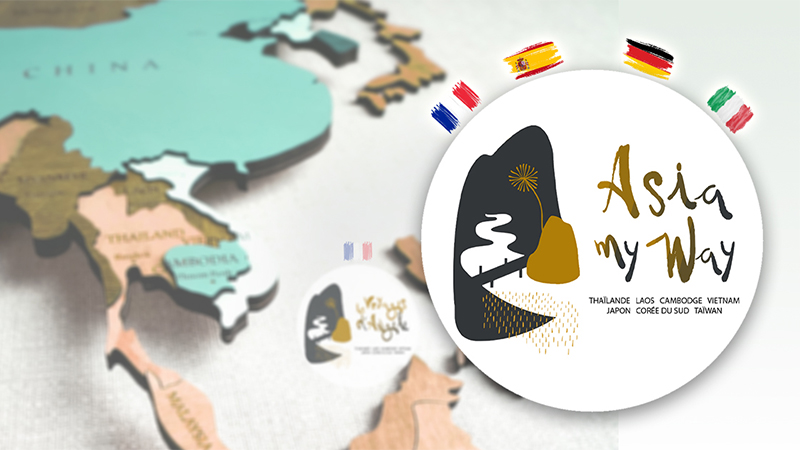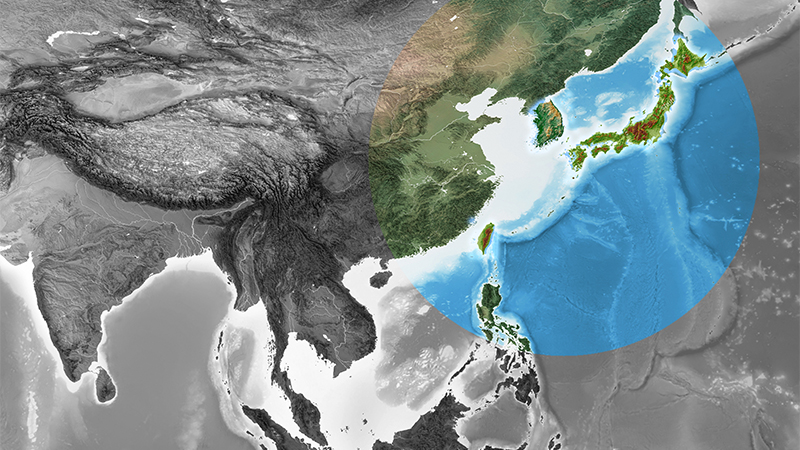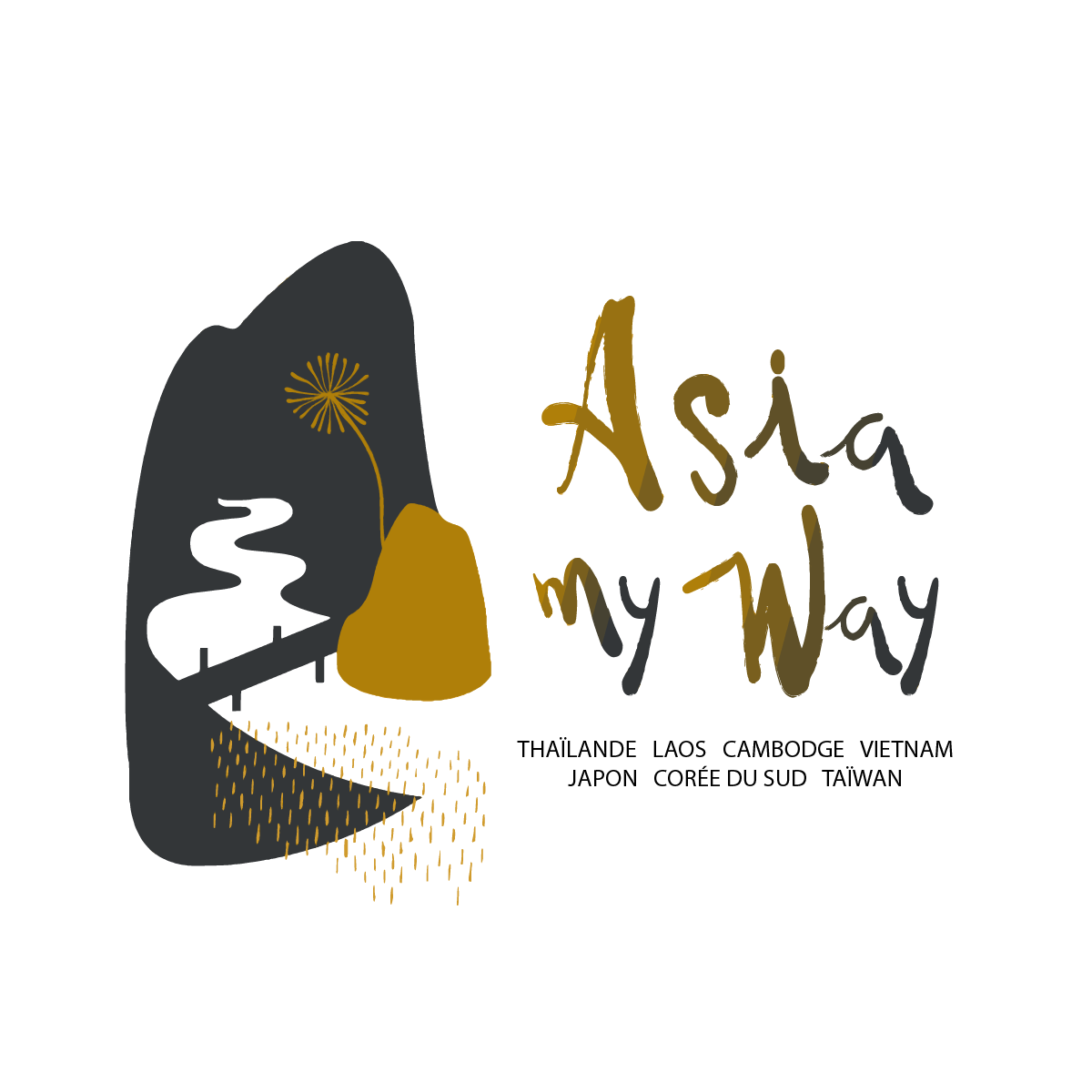Japan is one of the world’s most visited countries, renowned for its blend of high-tech cities, traditional culture, and natural beauty. Before the pandemic, Japan welcomed over 30 million international tourists annually—a tenfold increase since the early 2000s. Tourism contributes significantly to the national economy, especially in regional areas hit by population decline. However, the rapid influx of visitors has also brought environmental and cultural challenges, prompting a stronger push toward sustainability in recent years.
Key Challenges
Japan’s main tourism issues include overtourism in iconic locations such as Kyoto, Mount Fuji, and Tokyo; underuse of rural areas; and environmental degradation from increased waste, congestion, and emissions. Local residents in popular sites have expressed concern over quality of life and loss of cultural authenticity.
Another challenge is disaster preparedness and climate resilience, given Japan’s exposure to typhoons, earthquakes, and rising temperatures. Sustainable tourism in Japan must balance growth with ecological limits and community well-being.
Green Tourism and Rural Revitalisation
A cornerstone of Japan’s sustainable tourism approach is the development of rural tourism and satoyama (human-managed landscapes that blend nature and agriculture). These initiatives help address urban-rural imbalances and encourage longer, slower trips.
Experiences such as farm stays, cycling through countryside routes, eco-villages, and forest therapy attract both domestic and international travellers seeking deeper connection and lower-impact travel.
Japan is also promoting Green Destinations certification, especially in regions like Nagano, Shizuoka, and Tottori, where local authorities are actively pursuing climate-sensitive and community-led tourism models.
Cultural Sustainability and Heritage Preservation
Japan’s deep-rooted cultural traditions are at the heart of its tourism appeal. Efforts to ensure cultural sustainability include limits on group tours in sacred or sensitive sites, training for guides in respectful storytelling, and financial reinvestment into the upkeep of shrines, temples, and traditional crafts.
There is also growing support for tourism experiences led by local artisans, monks, and community elders, especially in areas such as Nara, Koyasan, and Tohoku.












